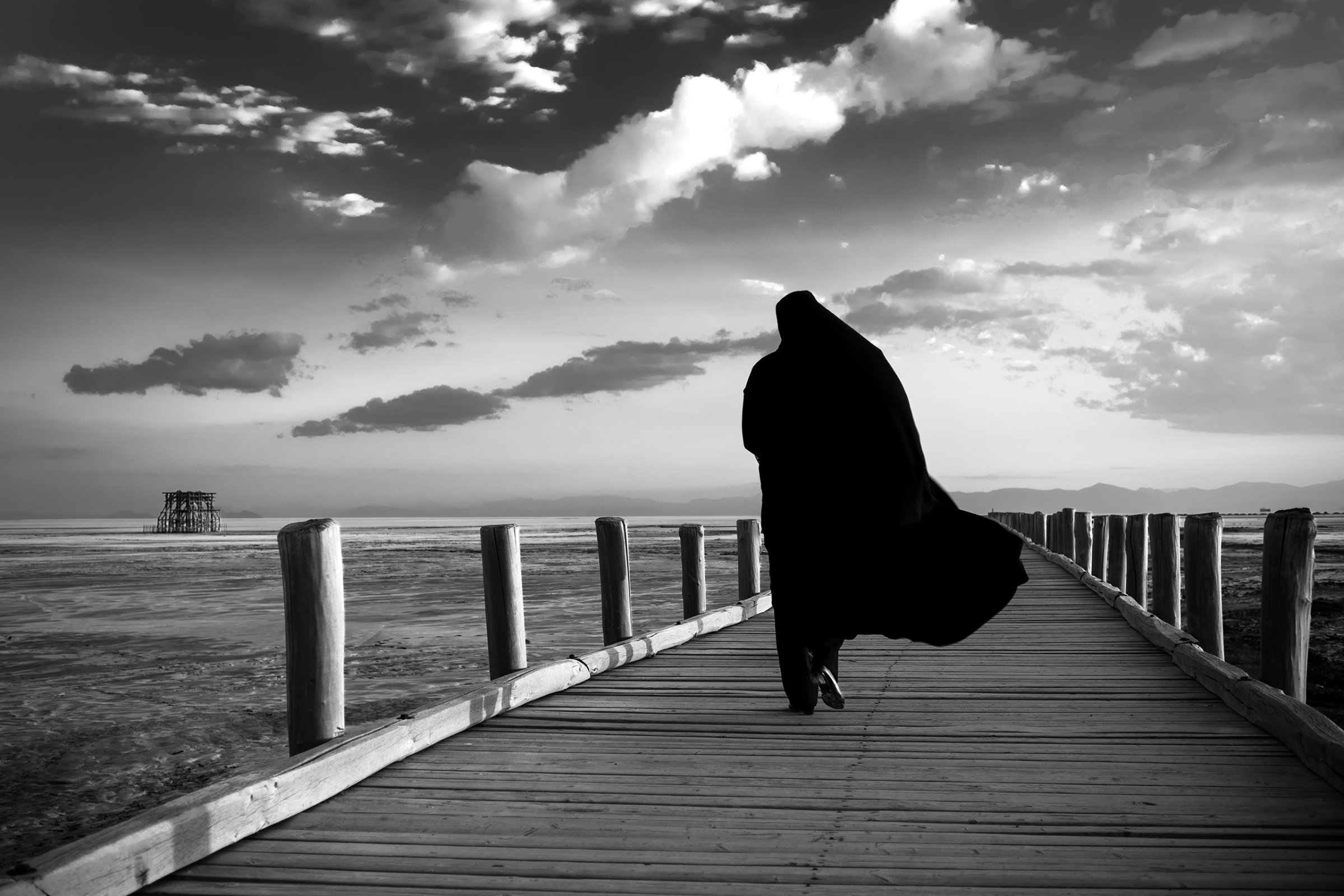
So much of the debate over climate change takes place in the realm of language—the dry language of scientists, the passionate language of environmentalists, the obfuscating language of skeptical politicians. But to feel climate change you have to see it, and there’s no better place to do that then Lake Urmia in southwest Iran. Once the sixth-largest saline lake in the world, Urmia has lost more than 90 percent of the water it contained as recently as the 1970s. Farmers have tapped much of the lake for irrigation, but the effect of warming temperatures has played a major role, as it has through the Middle East, a dry region made drier by the accumulating effects of climate change. It may not be long before Urmia, like the nearby Aral Sea in Kazhakstan and Uzbekistan, has vanished altogether.
In a work by the photographer Ako Salemi, that day already seems to have come.
Salemi captures the crumbling remains of a small ship, marooned when the lake itself fled. Where once was water is now desiccated land, stretching to the far horizon. What is left seems more desolate than any desert, because the exposed lakebed contains the memory of the water it once supported. It is an image that seems to be from a far future, but was only taken last July. “In Iran you can see climate change in action,” says Salemi.
The image from Lake Urmia is part of a series that Salemi has done on the effects of global warming on Iran, his home country. The work is supported by the Pulitzer Center on Crisis Reporting, and what Salemi captures is a crisis, albeit a slow-motion one unfolding in a country that is still a mystery for many Westerners. He shows a land wracked by repeated droughts, compounded by the effects of often unregulated agricultural and industrial growth, draining what little water an already arid Iran has to draw from. In another striking image, Salemi shows the Khara desert, near what was once the Gavkhouni wetland in central Iran. But the wetland has dried up, giving dominion over to the desert. “This is a big problem we are going to face in the future,” says Salemi.
Salemi also shows us the faces of the people being hurt by climate change right now, the farmers and the fisherman who have seen the land they depended on for generations change beneath their feet. In one picture he captures a fisherman who once plied the waters of Lake Hamoon in western Iran, but now is reduced to collecting wood from the Tamarisk trees that grow in the dried out lakebed. In another, a tableau straight from Diane Arbus, a pair of twin girls regard Salemi’s camera as the hot waters of the Persian Gulf lap behind him. Salemi notes that recent research estimates that as early as the 2070s—when these girls will be elderly women—heat waves from climate change could be so intense that parts of the Persian Gulf region will be too hot for human habitation. For these girls, there will be no escape.
But we don’t have to wait decades to see the effects of climate change. Researchers have connected the upheavals of the Arab Spring and the Syrian civil war to lingering droughts that drove up food prices and contributed to social unrest, effectively adding gasoline to the region’s simmering social discontent. Add in the impact of rising populations—Iran’s population has doubled since 1980, while Syria’s population has grown by even more—and you have more people trying to make a living on a declining land. That’s a recipe for the chaos hidden behind Salemi’s carefully composed black-and-white images.
Saddest of all is the fact that the people Salemi shows have done almost nothing to contribute to global warming. Iran’s per-capita carbon emissions are less than half of America’s, and while President Donald Trump this week signed executive orders designed to tun the clock back on U.S. climate action, Iran is going forward with its responsibilities under the Paris climate change agreement. The rural villagers that Salemi photographs are the victims of climate change, not its cause. “It’s a big problem, a big issue for people,” says Salemi.
Salemi intends to continue photographing the effects of climate change in Iran and throughout the region, moving to Afghanistan, India and China in the future. “I want to raise awareness of the subject,” he says. That he will do. But years later, we may look back on these photographs as historical artifacts of a time when we still had the power to change our future—but did nothing.
Ako Salemi is a photojournalist based in Iran.
Alice Gabriner, who edited this photo essay, is TIME’s International Photo Editor.
Bryan Walsh is a contributor to TIME. Previously, he was TIME’s International Editor, its energy and environmental correspondent and was the Tokyo bureau chief in 2006 and 2007.
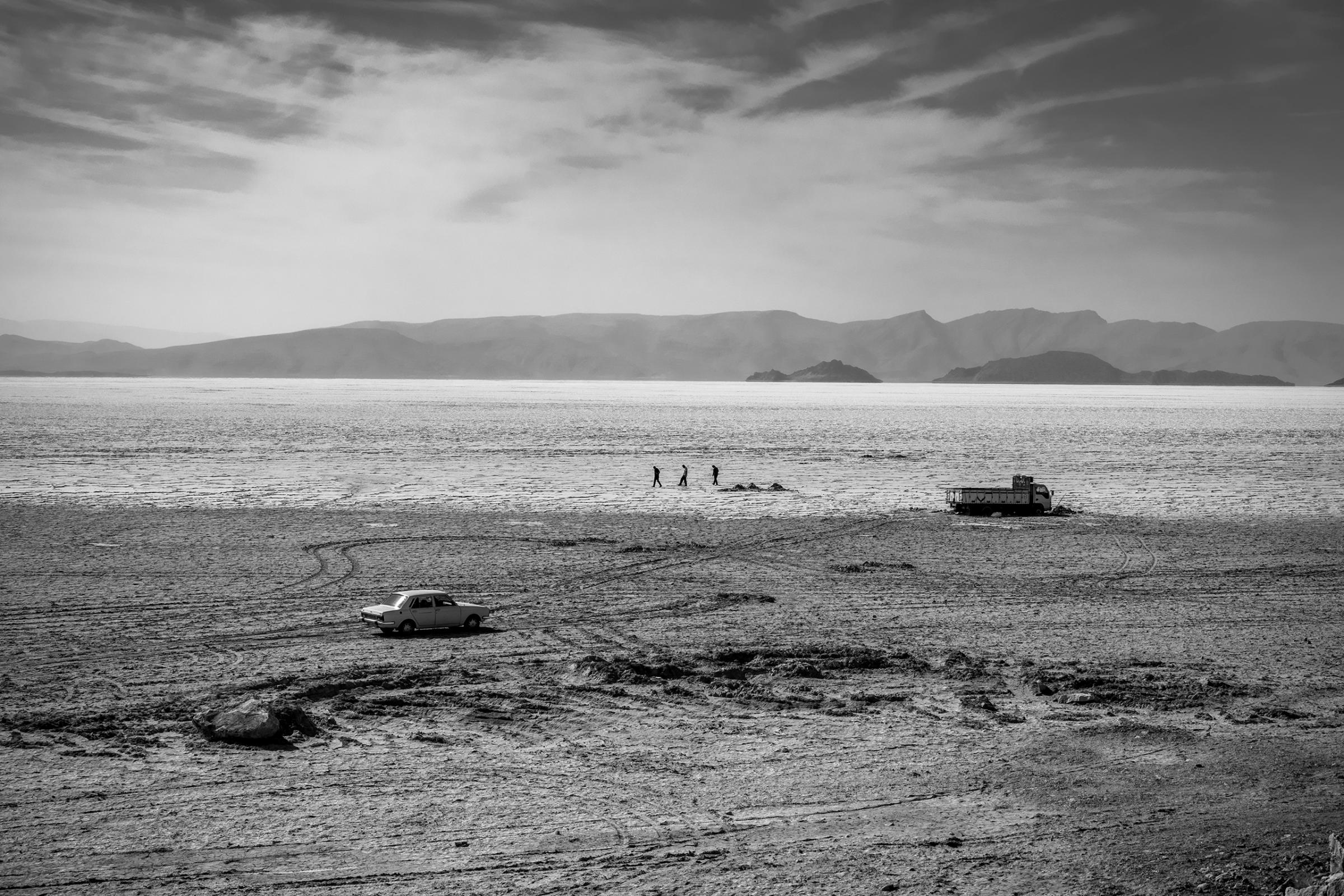
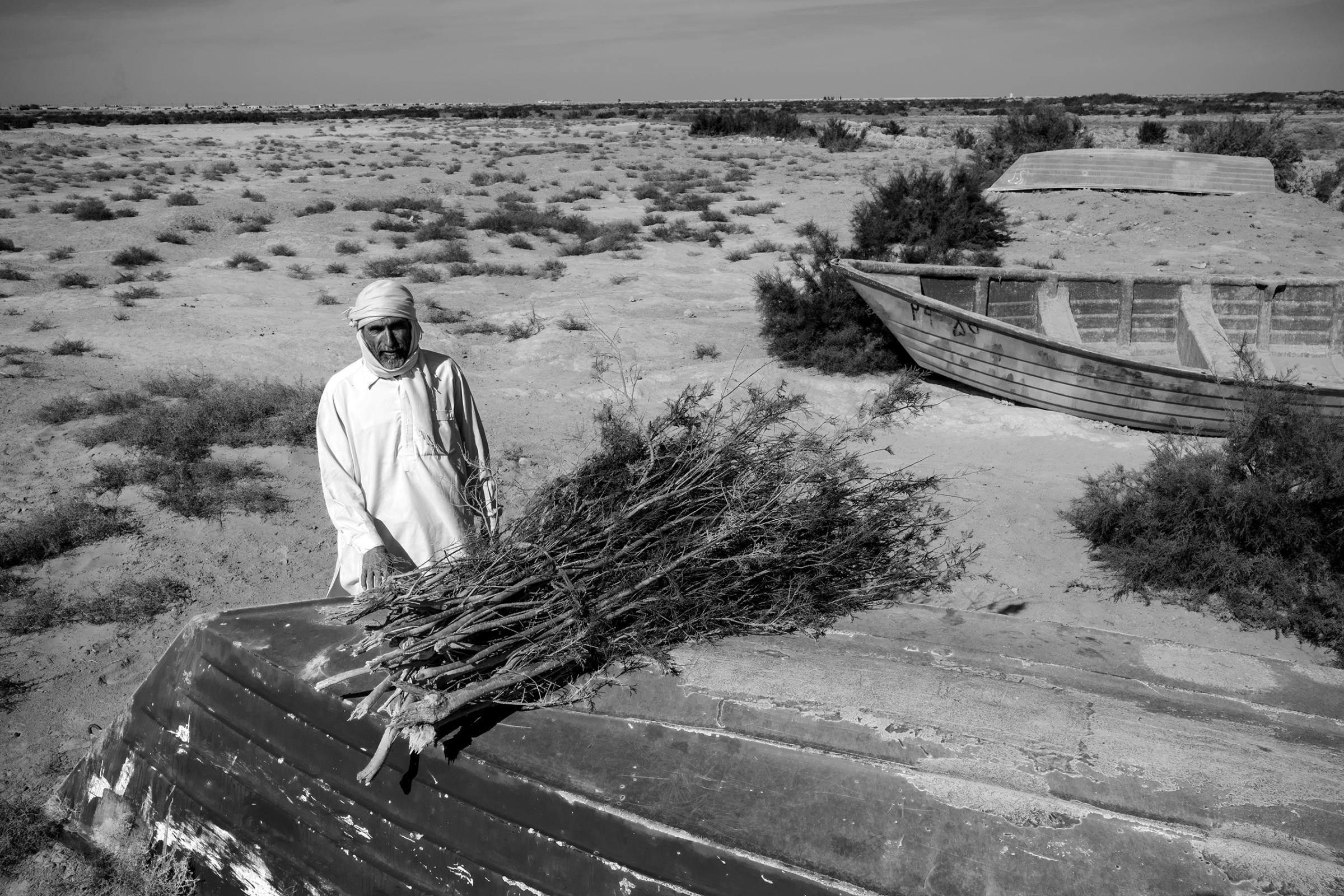
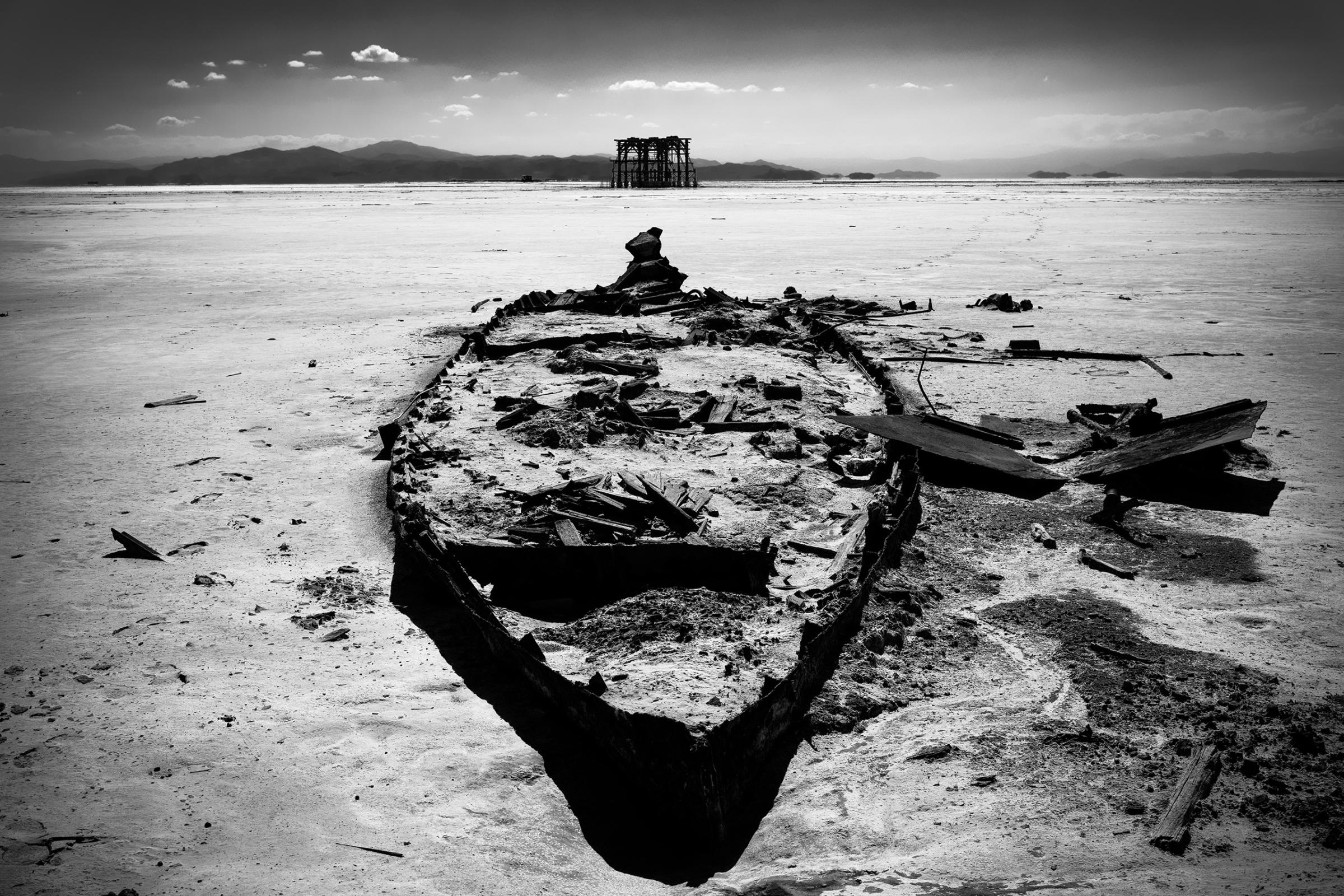

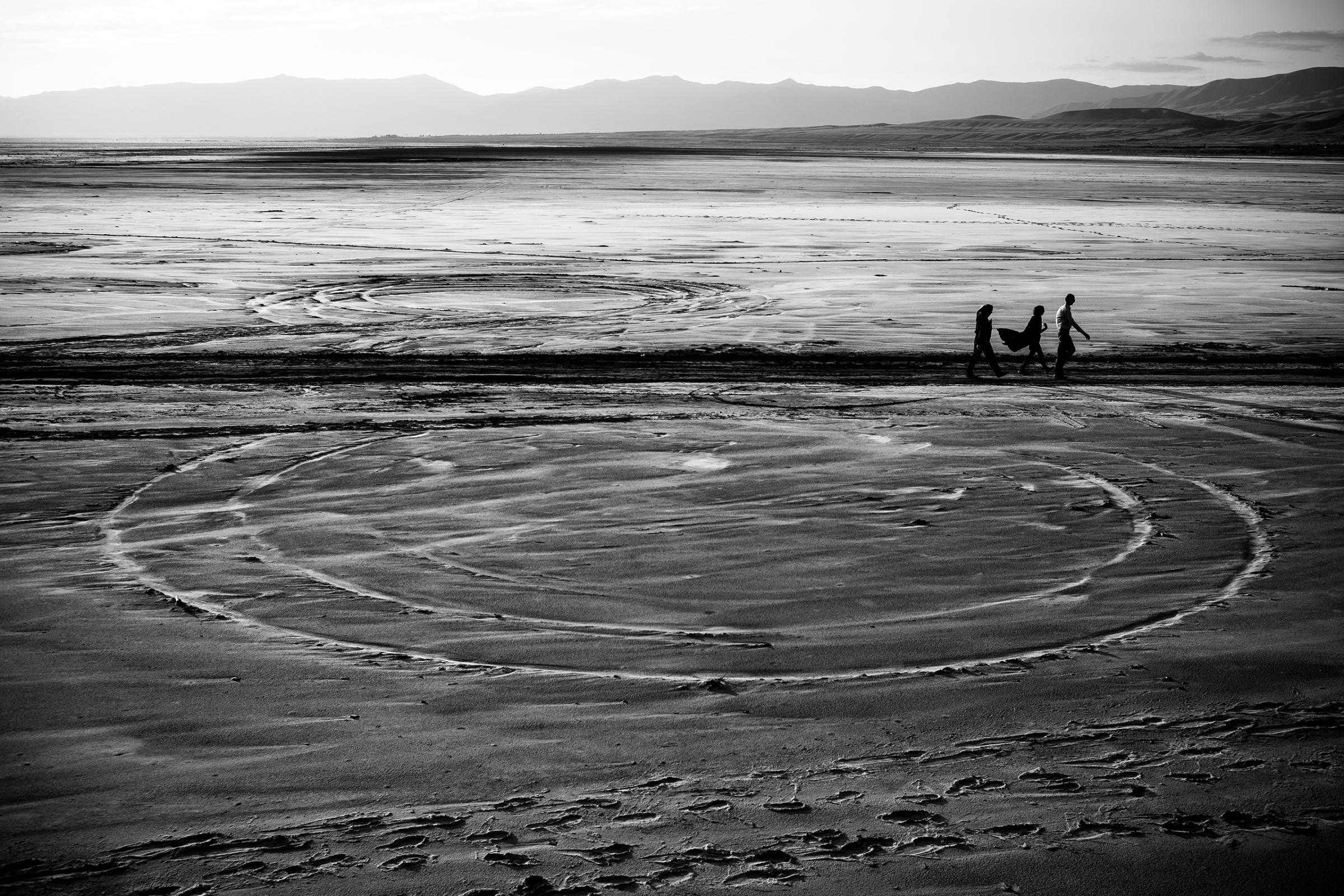

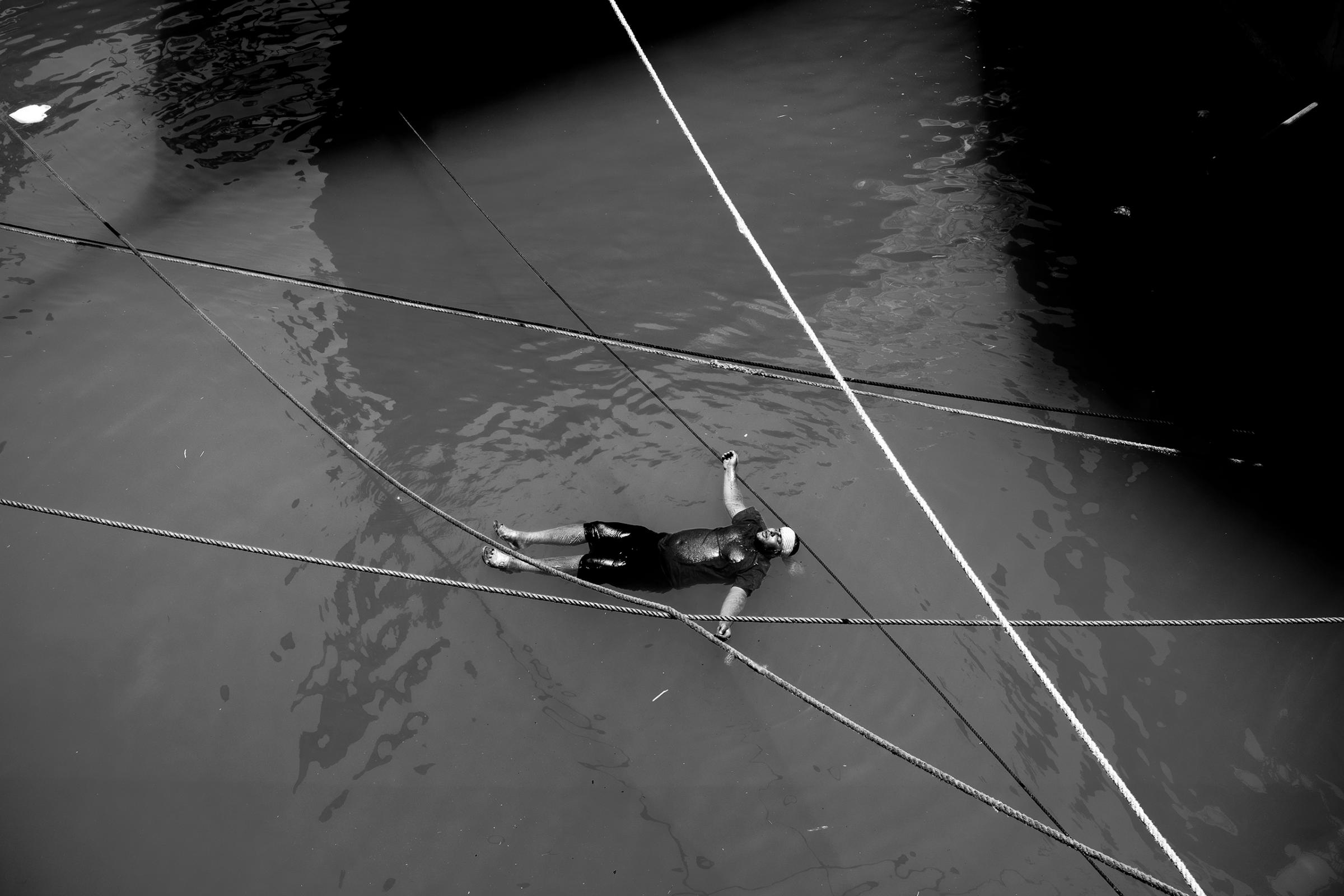
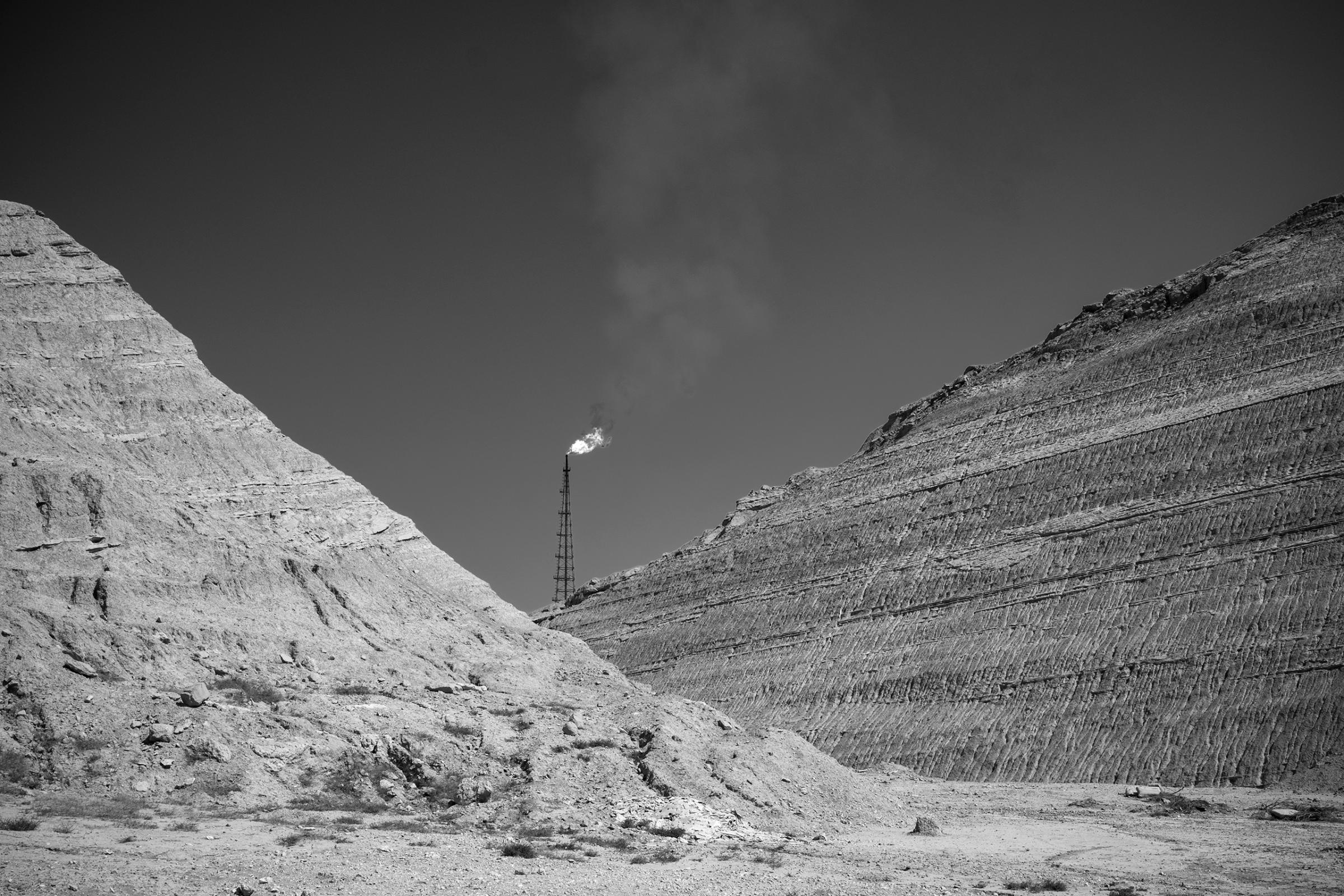
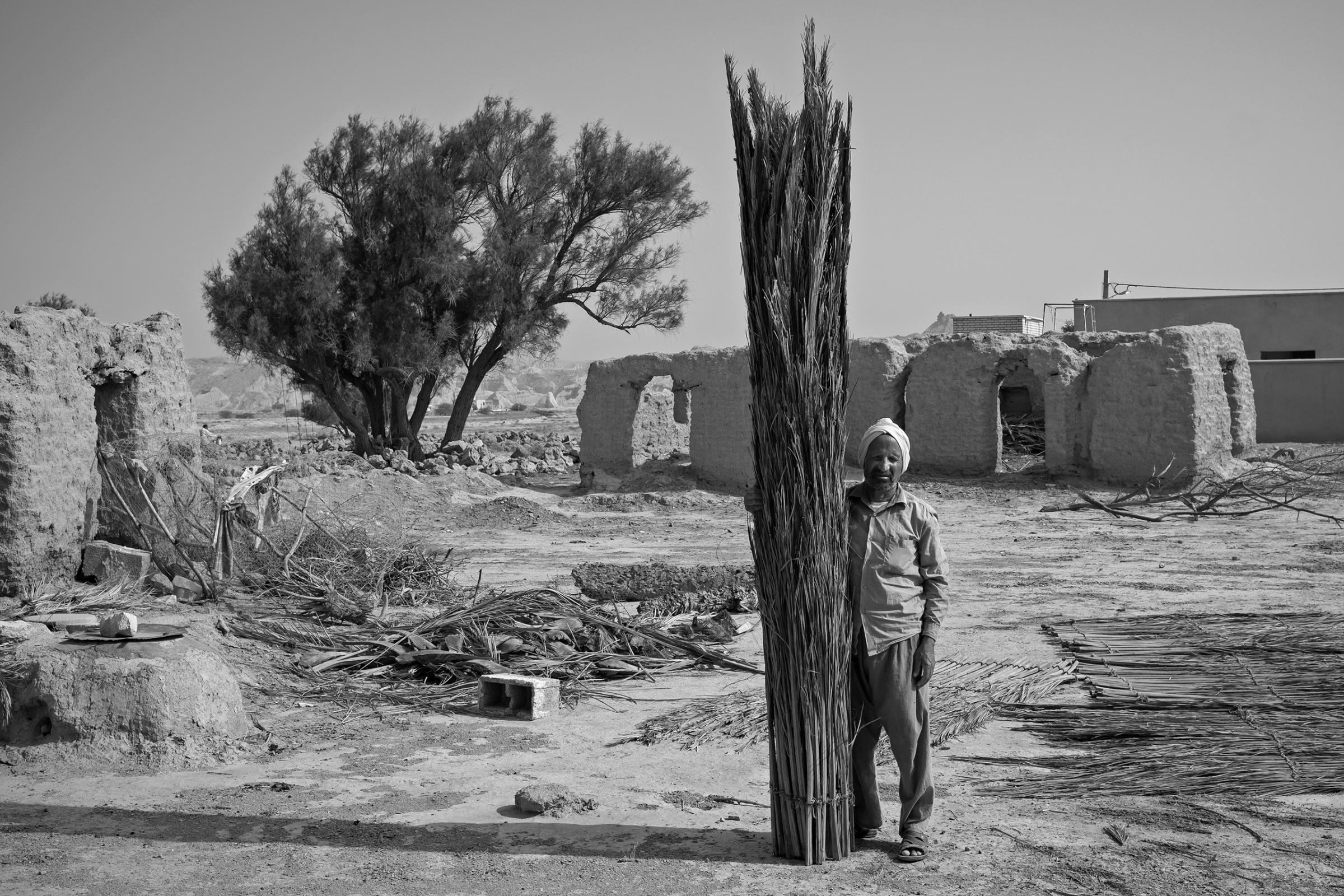
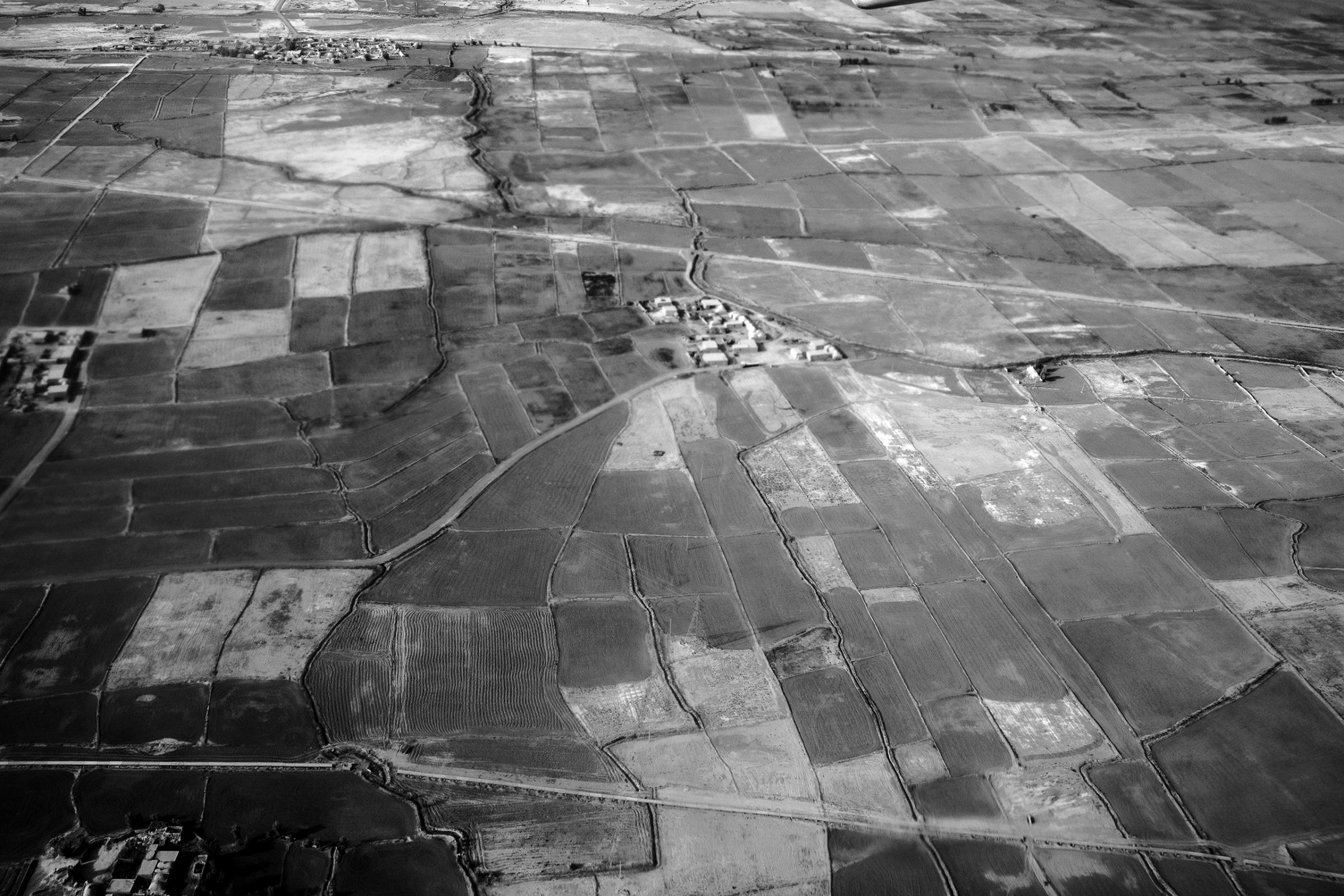
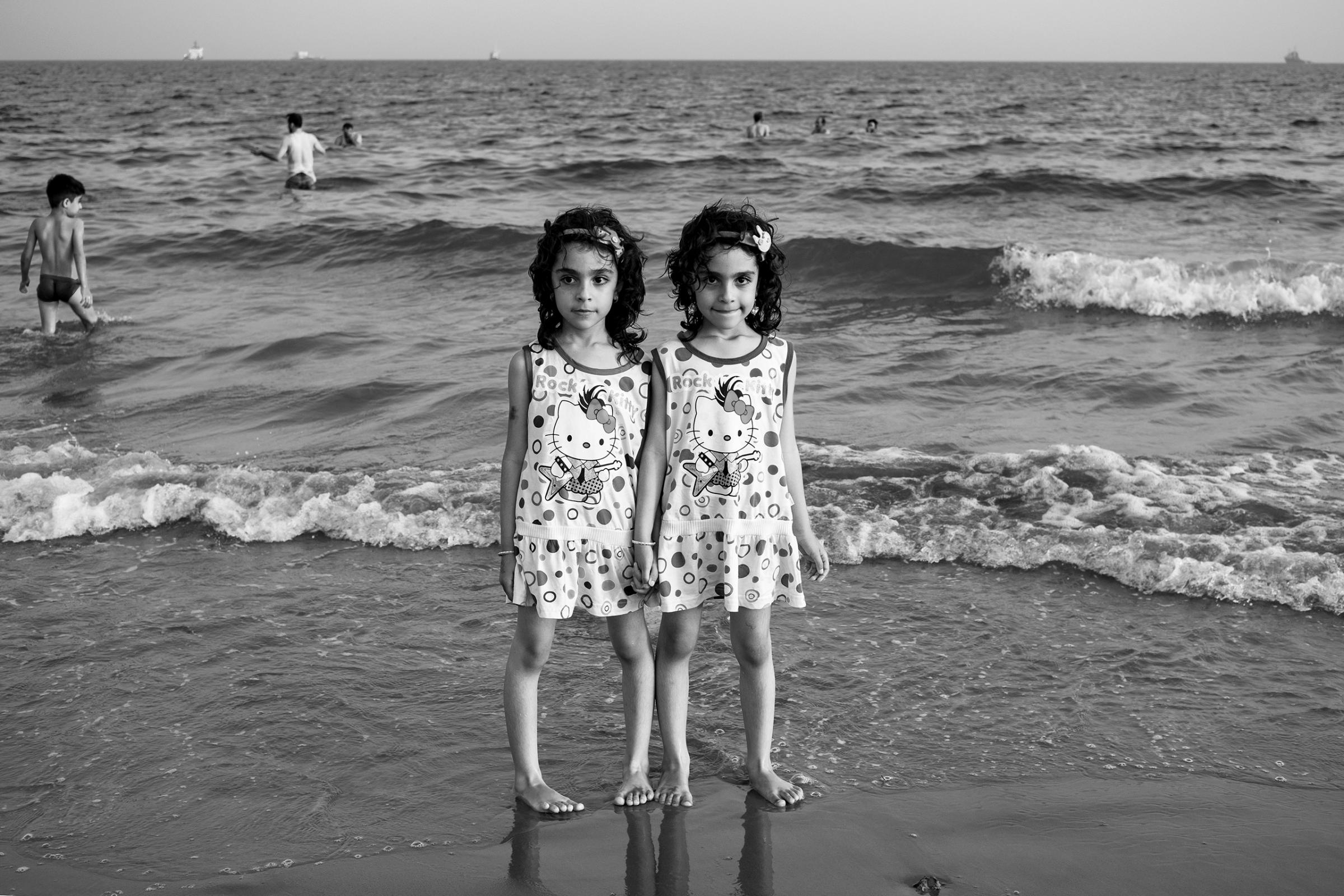
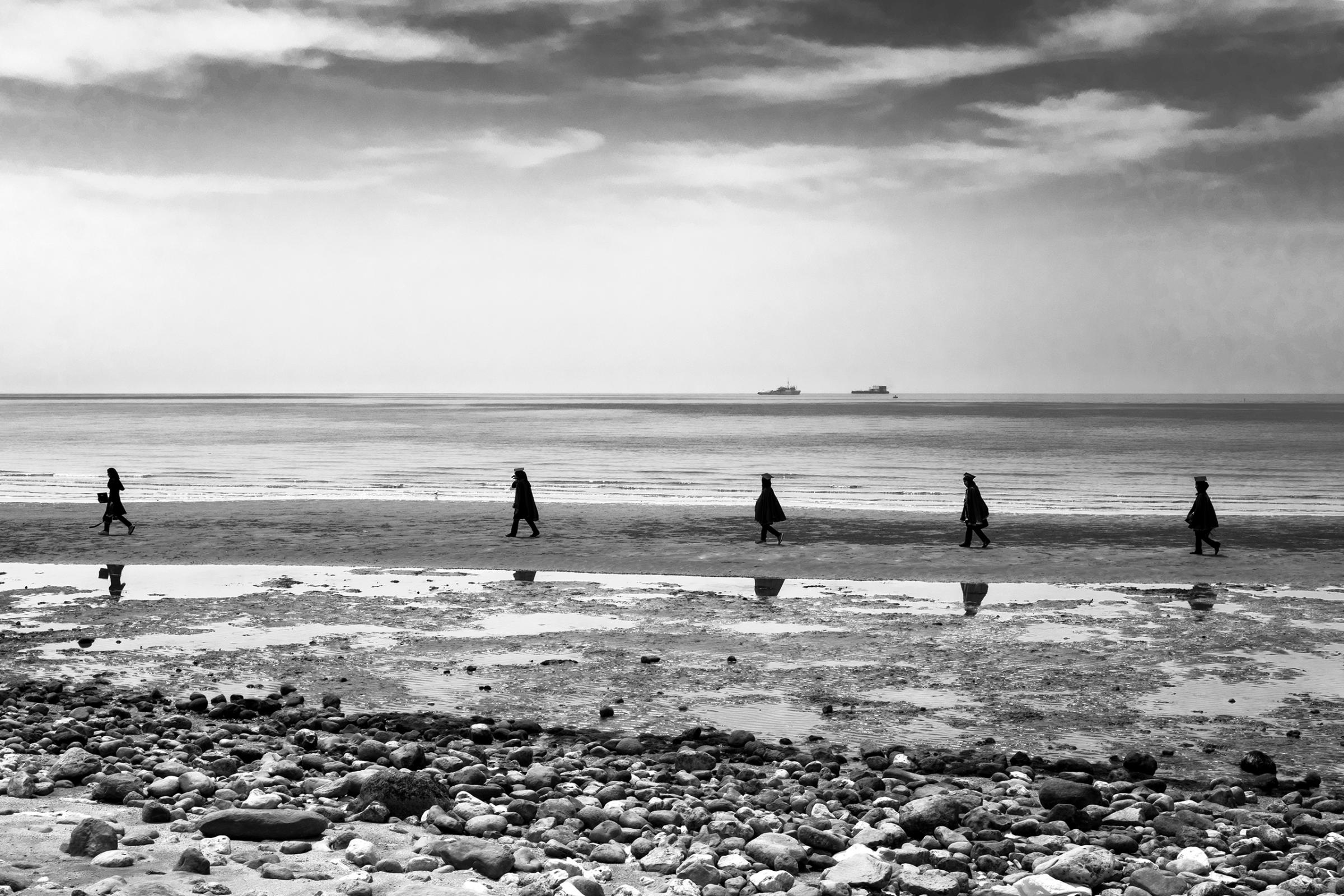
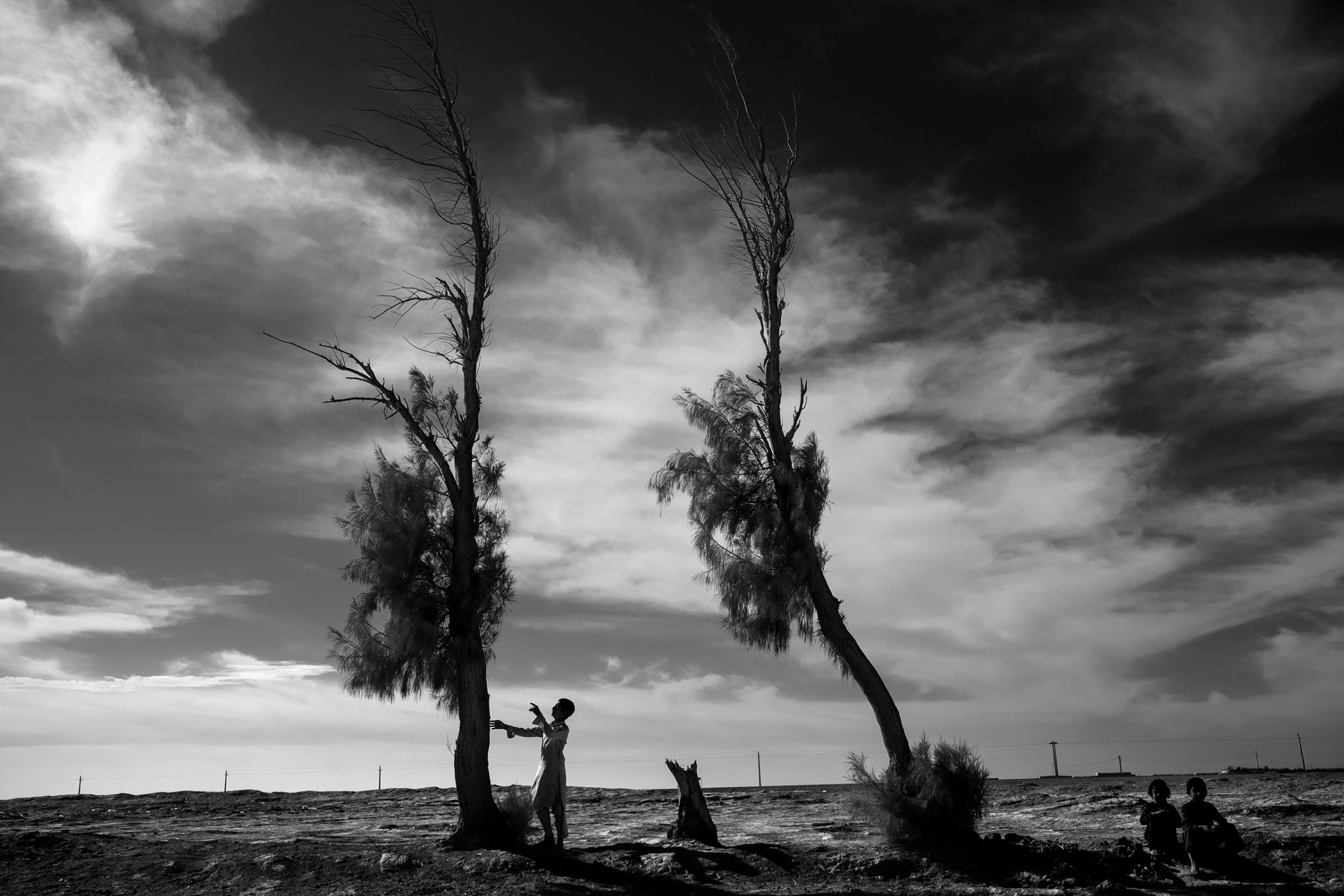
More Must-Reads from TIME
- Why Biden Dropped Out
- Ukraine’s Plan to Survive Trump
- The Rise of a New Kind of Parenting Guru
- The Chaos and Commotion of the RNC in Photos
- Why We All Have a Stake in Twisters’ Success
- 8 Eating Habits That Actually Improve Your Sleep
- Welcome to the Noah Lyles Olympics
- Get Our Paris Olympics Newsletter in Your Inbox
Contact us at letters@time.com